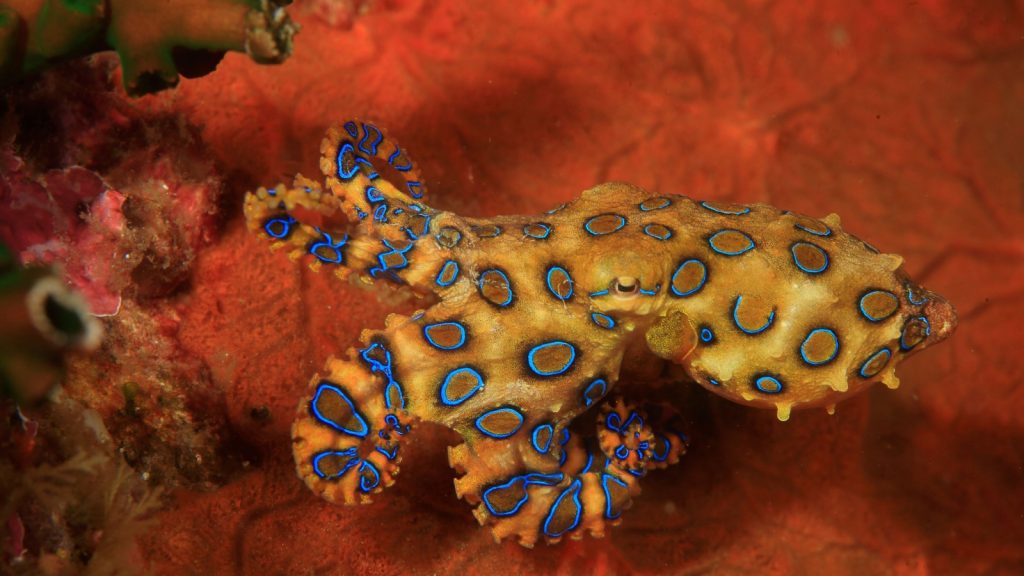It never ceases to amaze me that Mother Nature creates beautiful, innocent-looking creatures that are actually incredibly dangerous, whether because of toxins, venom, poisons, or their claws and fangs. From birds with poisonous feathers to marine life with lethal toxins, these creatures can be deadly. Here’s a closer look at some of the lesser-known toxic animals that you might not realize are dangerous.
Blue-Capped Ifrit
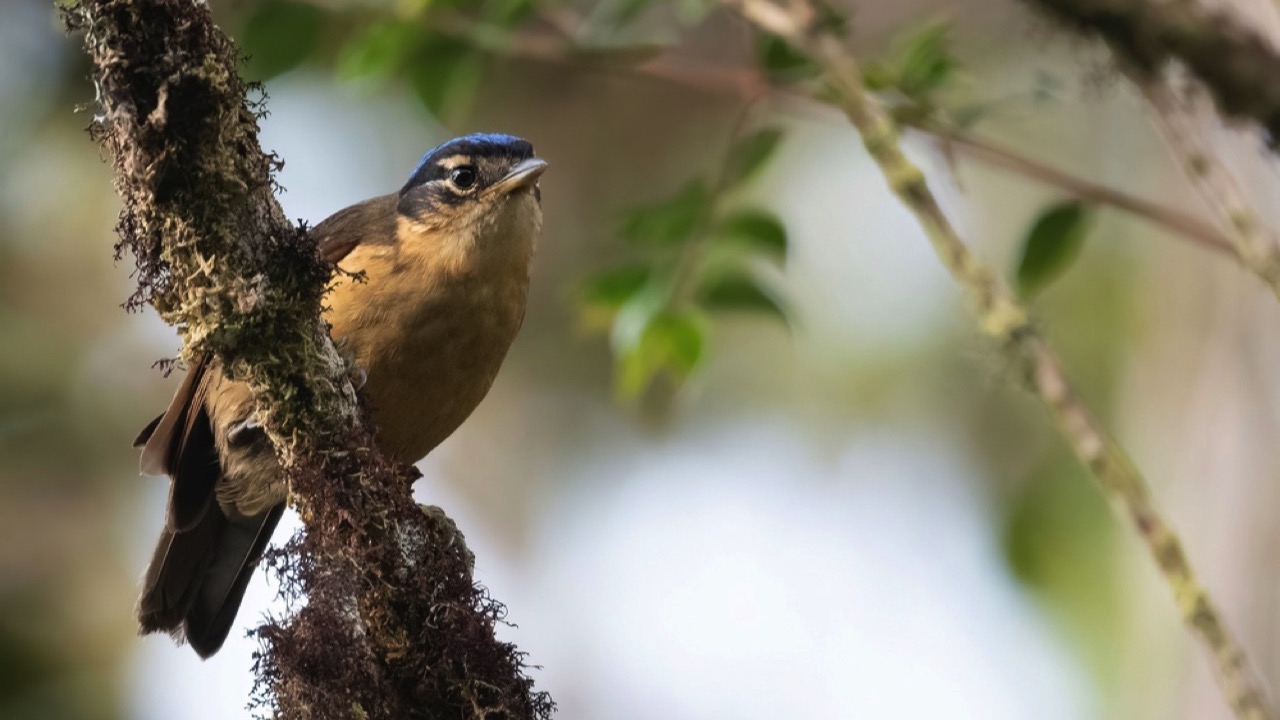
Meet the blue-capped ifrit, a striking bird from New Guinea’s rainforests. Known locally as “slek-yakt,” or the bitter bird, this creature can cause a tingling sensation similar to biting into a hot chili when eaten. The ifrit harbors batrachotoxin, the same potent toxin found in some poisonous frogs, likely derived from their diet of toxic Choresine beetles. This toxin, concentrated in their feathers, is thought to also protect their eggs from predators, making the ifrit a no-touch and no-taste marvel of the avian world.
Blue-Ringed Octopus
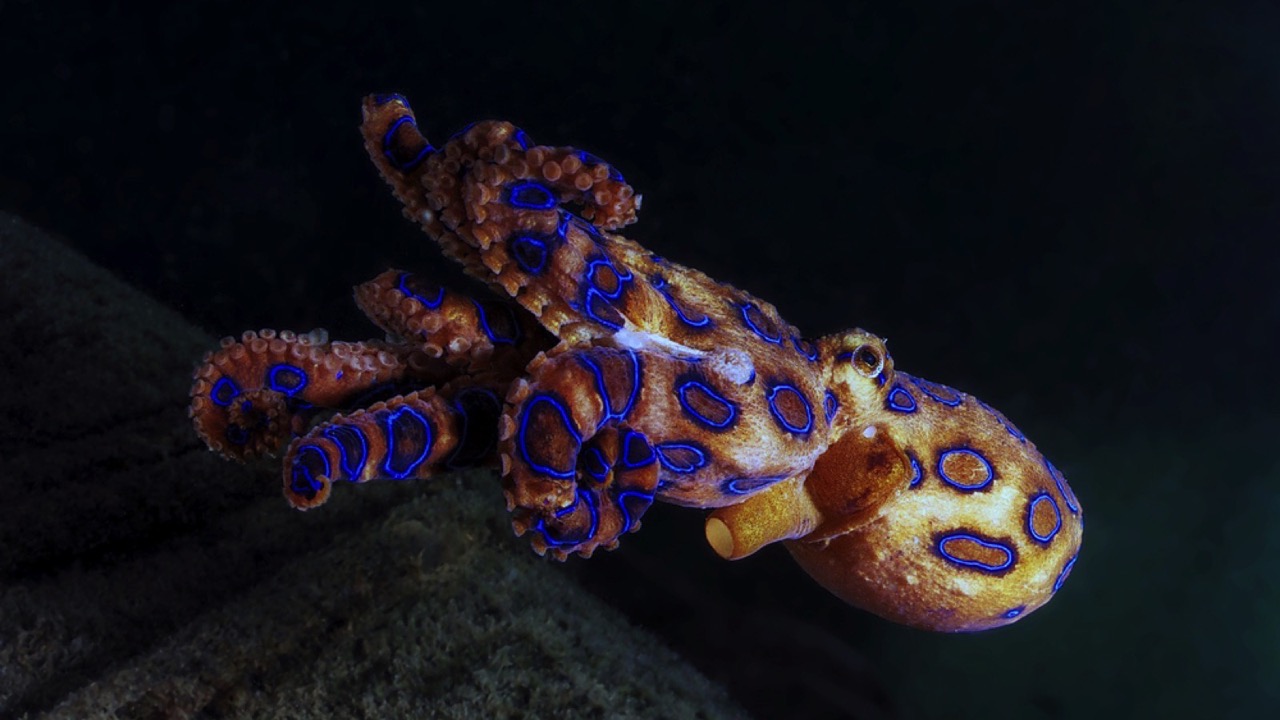
Lastly, the blue-ringed octopus, a small but formidable marine creature, carries tetrodotoxin, one of the most deadly neurotoxins. Despite their appealing appearance, these octopuses are one of the ocean’s most dangerous animals. A tiny amount of their toxin can be lethal, and with no effective first aid for bites, they are marine creature to be admired from a safe distance.
Each of these animals demonstrates nature’s complexity and the intricate ways in which different species have evolved to protect themselves from threats. Their existence reminds us of the delicate balance in ecosystems and the need to respect wildlife, preserving both our safety and their survival.
Cinnabar Moth

Contrary to what one might expect, not all moths are harmless. The cinnabar moth, adorned with vivid red patches, is a visual warning to predators. Feeding on ragwort plants, the larvae accumulate toxic alkaloids that deter birds, mammals, and reptiles from eating them. Interestingly, these moths have been used globally to control the spread of the toxic ragwort, highlighting their role in ecological management.
Arafura Shrikethrush
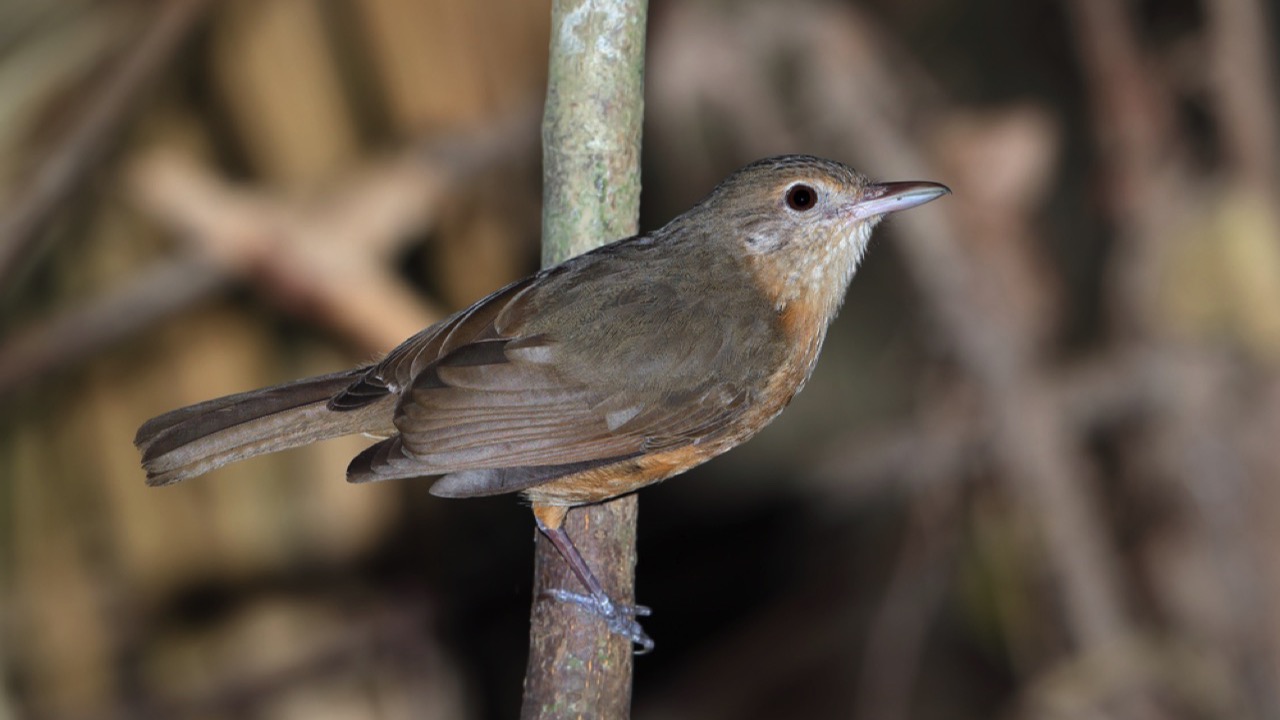
The Arafura shrikethrush, inhabiting the forests of New Guinea and Australia, is another bird that may contain batrachotoxins, depending on its diet. Research has shown varying levels of toxins in these birds, suggesting that their toxicity could be a sporadic defense mechanism. This inconsistency makes the shrikethrush a curious subject for further study in avian toxicity.
Palythoa
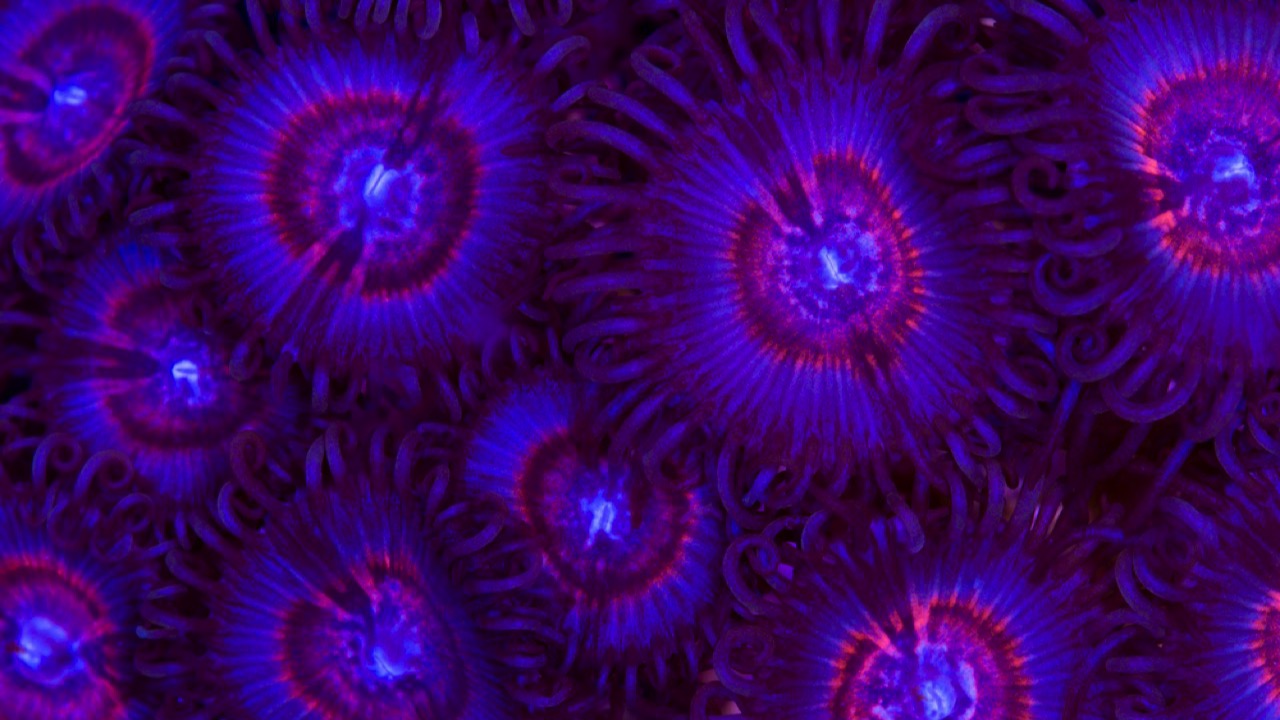
In the realm of cnidarians, which includes corals and jellyfish, the Palythoa stand out for their potent toxin, palytoxin. Known for breaking down red blood cells and causing severe health issues, these creatures are among the most toxic marine species. Palytoxin exposure can be fatal, with no known antidote, making Palythoa particularly dangerous not only in their native habitats but also in home aquariums, where handling can lead to severe poisoning.
Carolina Parakeet
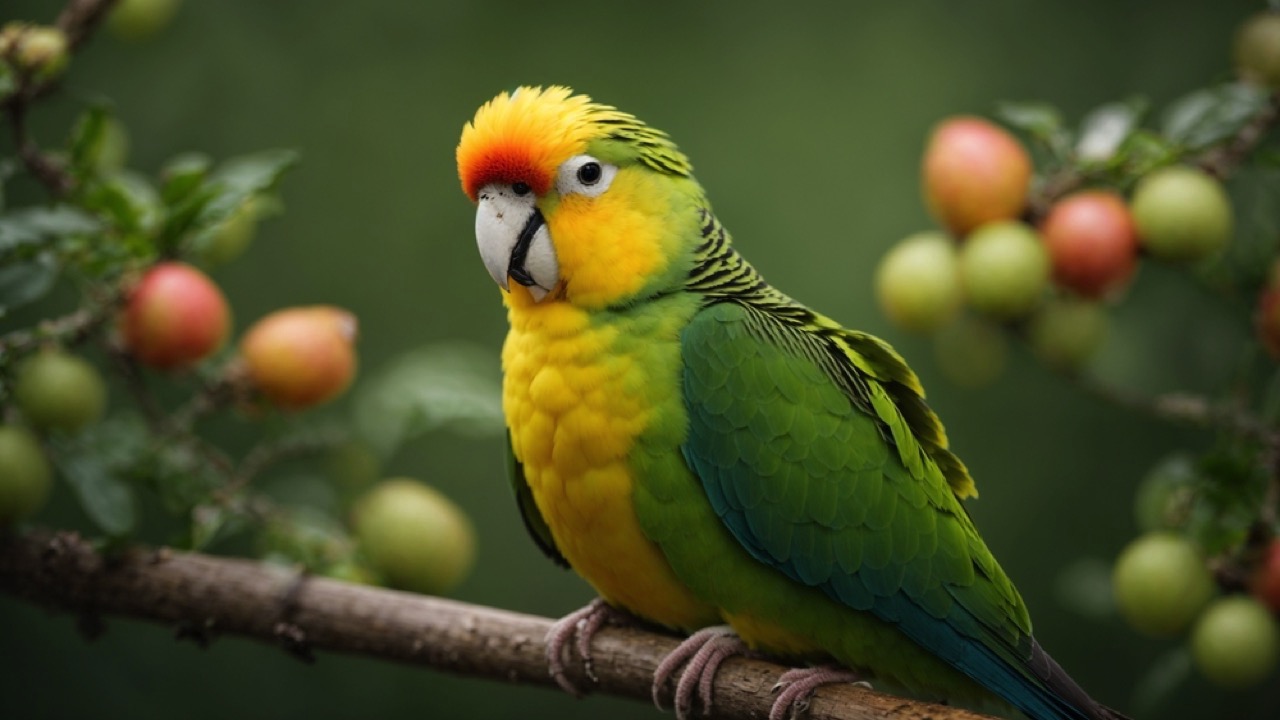
The Carolina parakeet, now extinct, was a vibrant spectacle once native to the United States. This parrot, eradicated by 1939 due to hunting and its feathers’ popularity in fashion, might have had a poisonous secret. Feeding on cockleburs, a toxic plant, the parakeet could have stored the plant’s poisons in its body, potentially lethal to any predator or unsuspecting pet that might have tried to consume it. This fascinating aspect suggests a hidden defensive trait in these otherwise enchanting birds.
Pacific Newts
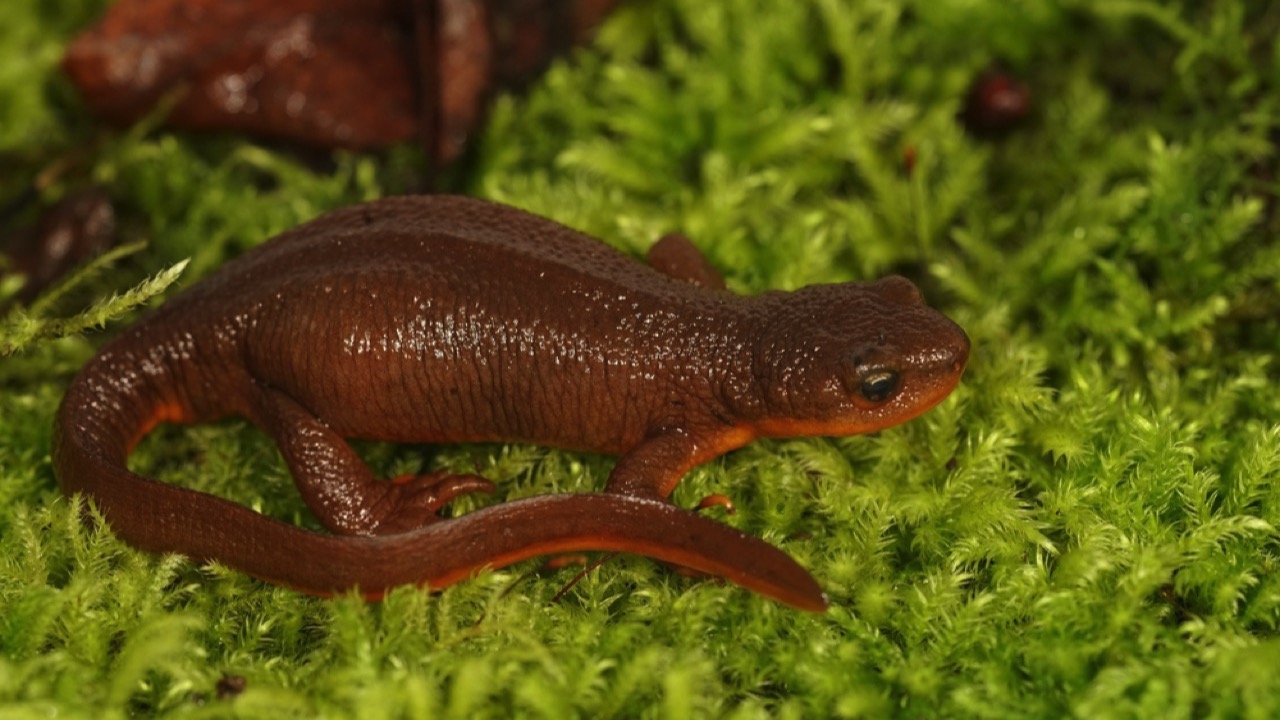
In the damp environments along the Pacific coast thrive the Pacific newts, small amphibians with a potent defense. These creatures, including the rough-skinned and red-bellied newts, produce tetrodotoxin, a powerful neurotoxin that can paralyze and kill by disrupting nerve signal transmission. This toxin’s strength was tragically highlighted when a man died from ingesting one of these newts, leading to a swift and fatal respiratory paralysis.
Garter Snakes
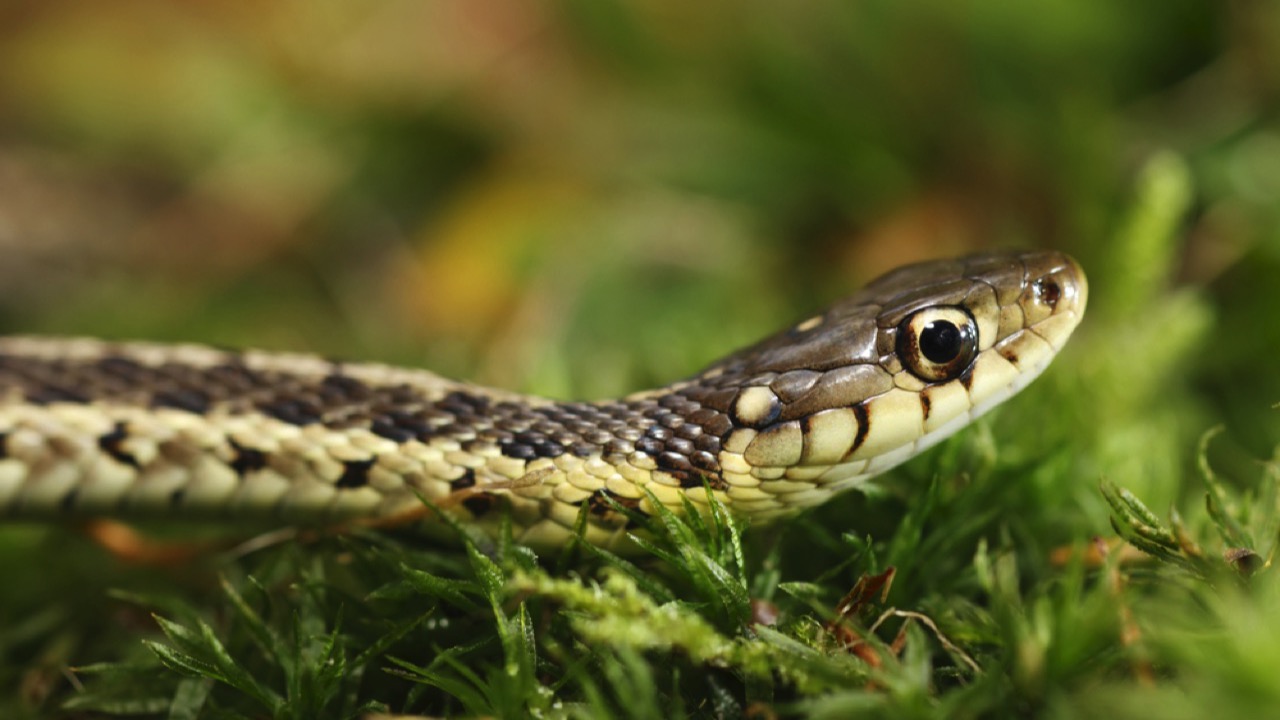
Garter snakes, common and seemingly benign, have an extraordinary resistance to tetrodotoxin. They prey on Pacific newts and store the acquired toxins in their livers. This adaptation turns them into a potentially lethal meal for any predator daring enough to eat them after they’ve fed on newts, showcasing an incredible example of biological weaponization in the animal kingdom.
Milkweed Butterflies
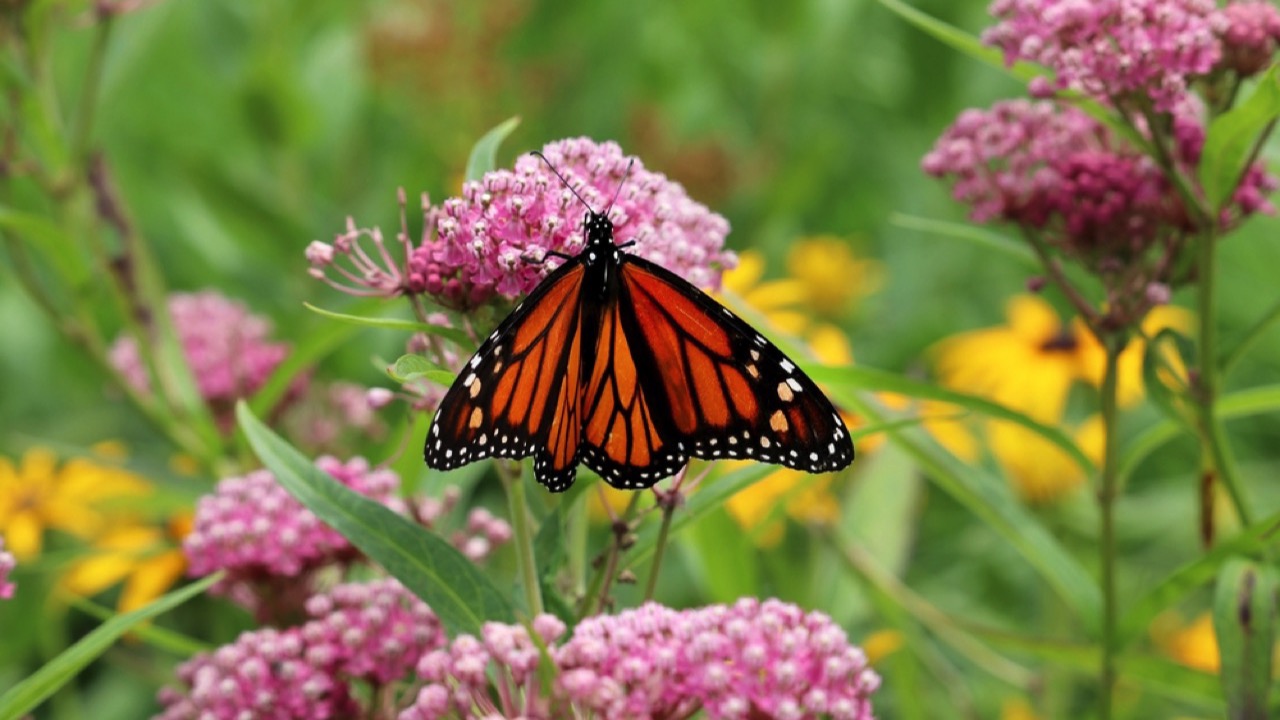
The subfamily Danainae, which includes the visually striking monarch butterfly, harbors a deadly trait derived from their diet. These butterflies consume milkweed plants during their caterpillar stage, absorbing cardiac glycosides, toxins that can severely affect heart function. These chemicals make them not only beautiful but also dangerously toxic.
Barracudas
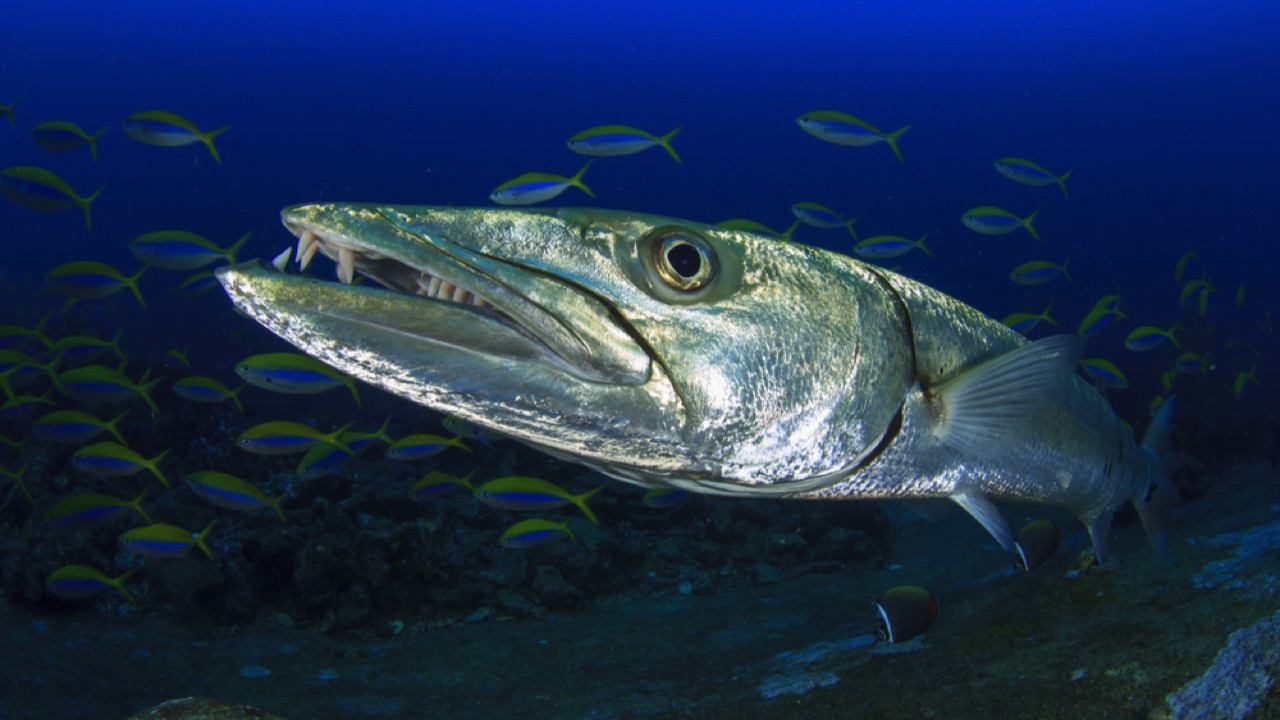
The barracuda, a fierce predator in its own right, becomes a vector for toxicity when it feeds on smaller fish that have consumed the toxic microalgae, Gambierdiscus toxicus. This results in ciguatera poisoning in humans who eat the contaminated barracuda, causing severe gastrointestinal and neurological symptoms. The phenomenon highlights the complex food web interactions that can lead to unexpected toxic exposure
Greenland Shark
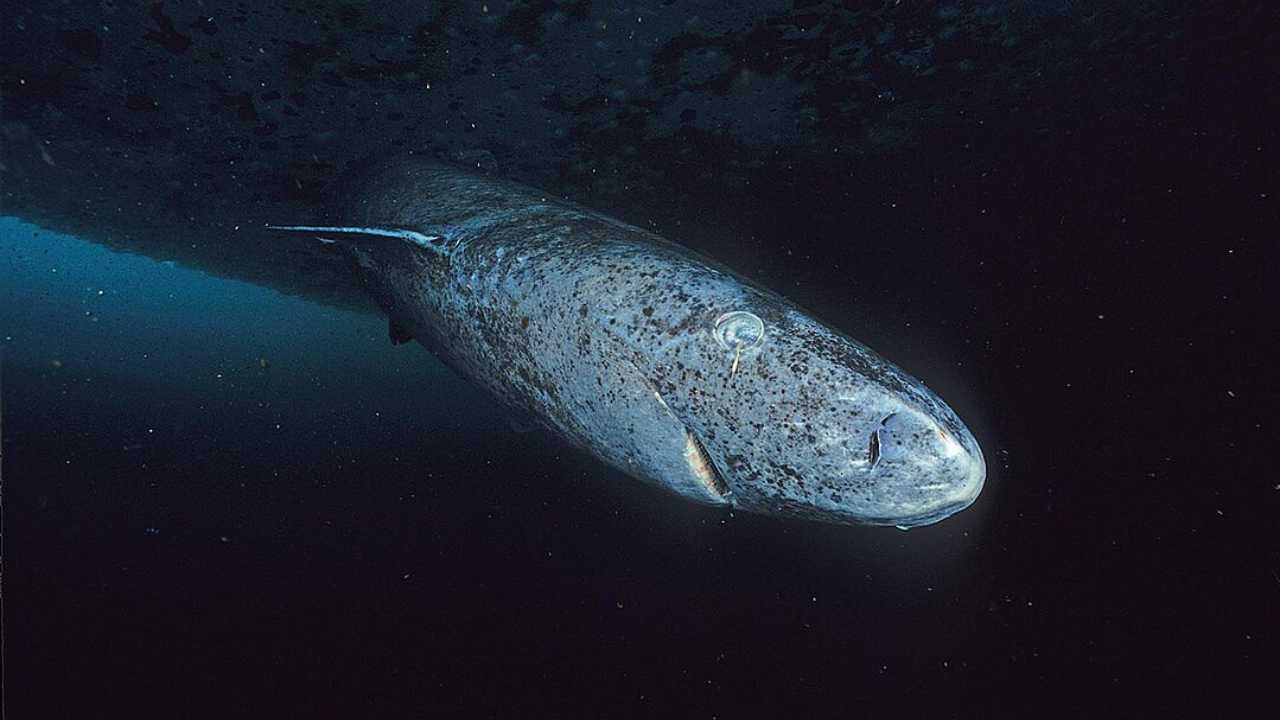
The enigmatic Greenland shark, a deep-sea dweller of the Arctic waters, harbors trimethylamine oxide (TMAO) in its tissues, which breaks down into the neurotoxin trimethylamine upon consumption. Known for causing disorienting effects similar to drunkenness, this toxin makes the Greenland shark’s meat a risky choice unless properly processed. This survival adaptation helps the shark thrive in the frigid depths, deterring predators, including humans.
Common Quail
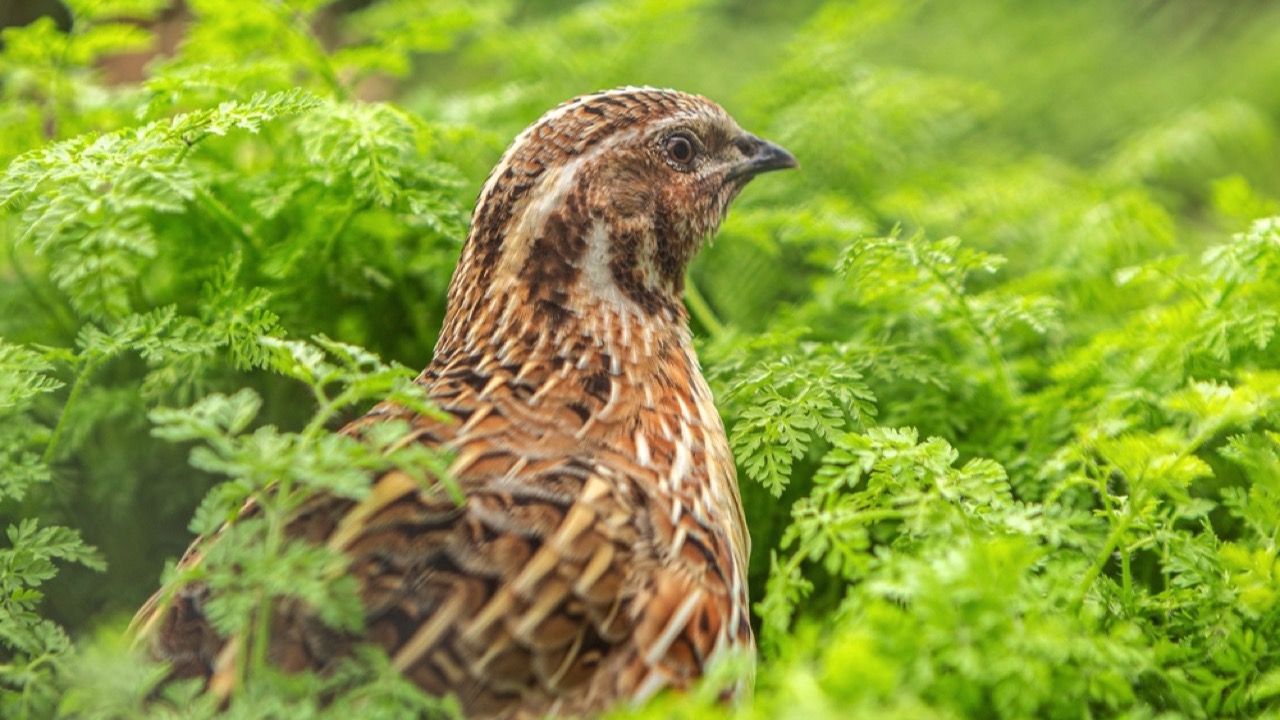
While the common quail is a popular game bird around the Mediterranean, it carries a hidden risk. Occasionally, its meat can cause coturnism, a serious condition marked by muscle pain, nausea, and vomiting due to rhabdomyolysis. This disorder, linked historically to a biblical mass poisoning, is most likely during the quail migration season when the birds feed on toxic plants, possibly hemlock. This makes the quail a risky meal that requires caution during certain times of the year.
Becky is a fervent wildlife enthusiast and pet care expert with a diploma in canine nutrition. Her love for animals stretches beyond the domestic, embracing the wild tapestry of global fauna. With over a decade of experience in animal welfare, Becky lends her expertise to OutlandishOwl through insightful articles, captivating wildlife information, and invaluable guidance on pet nutrition. Her work embodies a deep commitment to understanding the intricate lives of animals and a passion for educating others on sustaining natural habitats. Becky's hands-on conservation efforts and her knack for translating complex dietary science into practical pet feeding tips make her an indispensable voice for creatures great and small.

